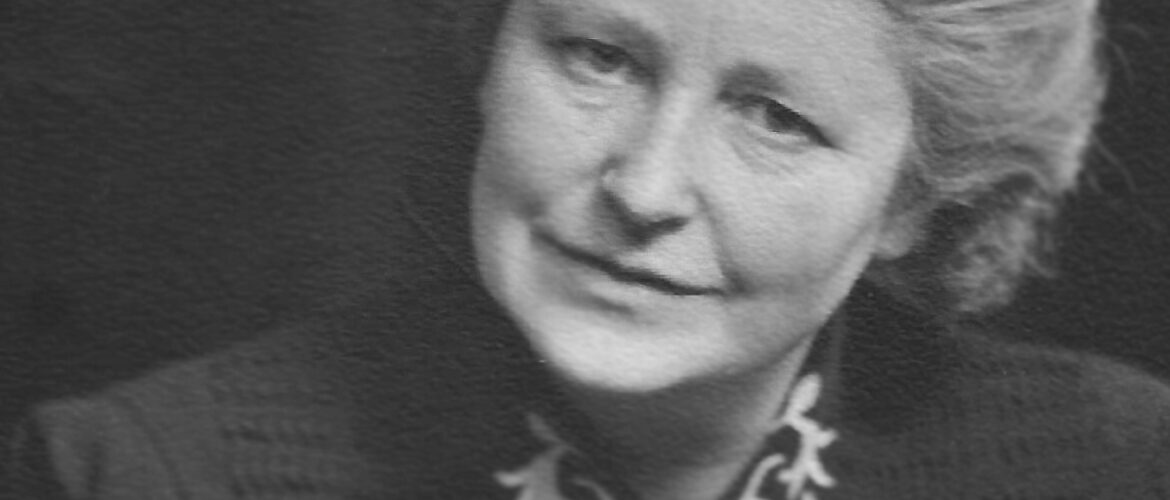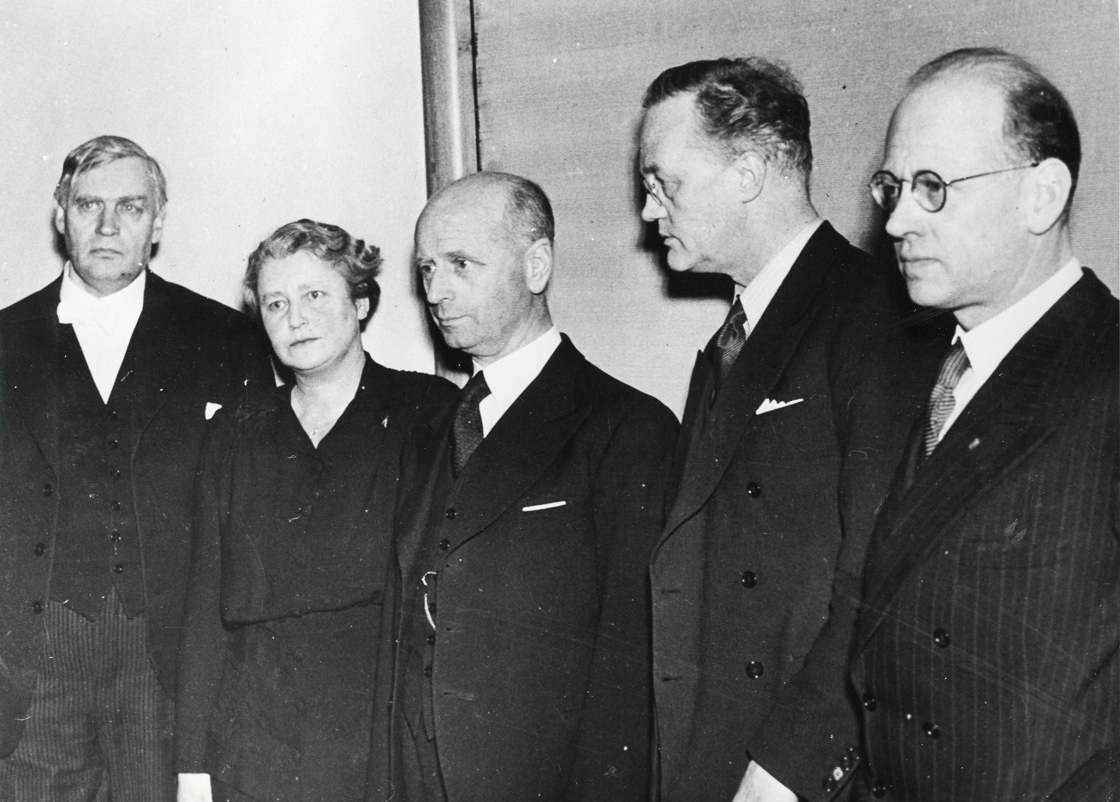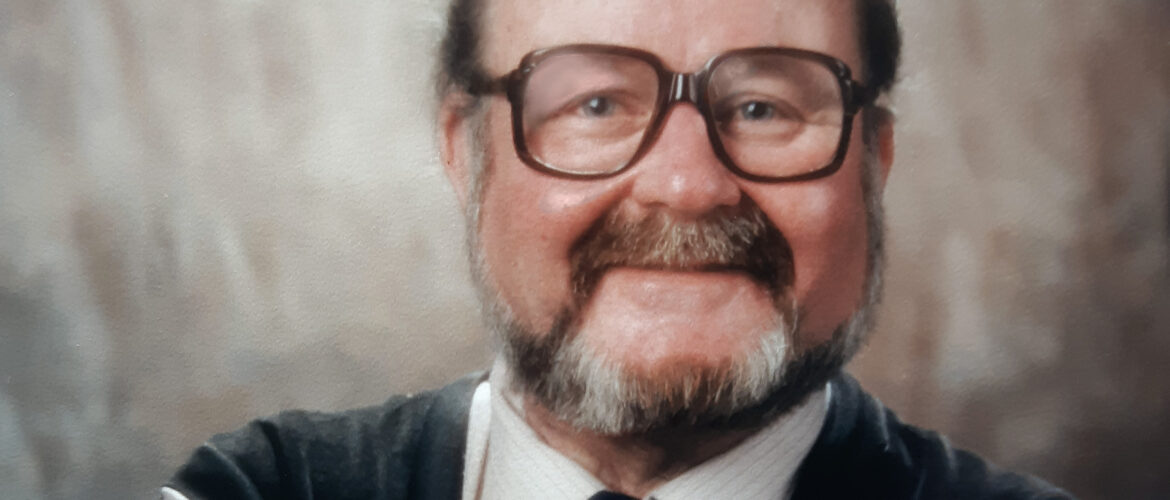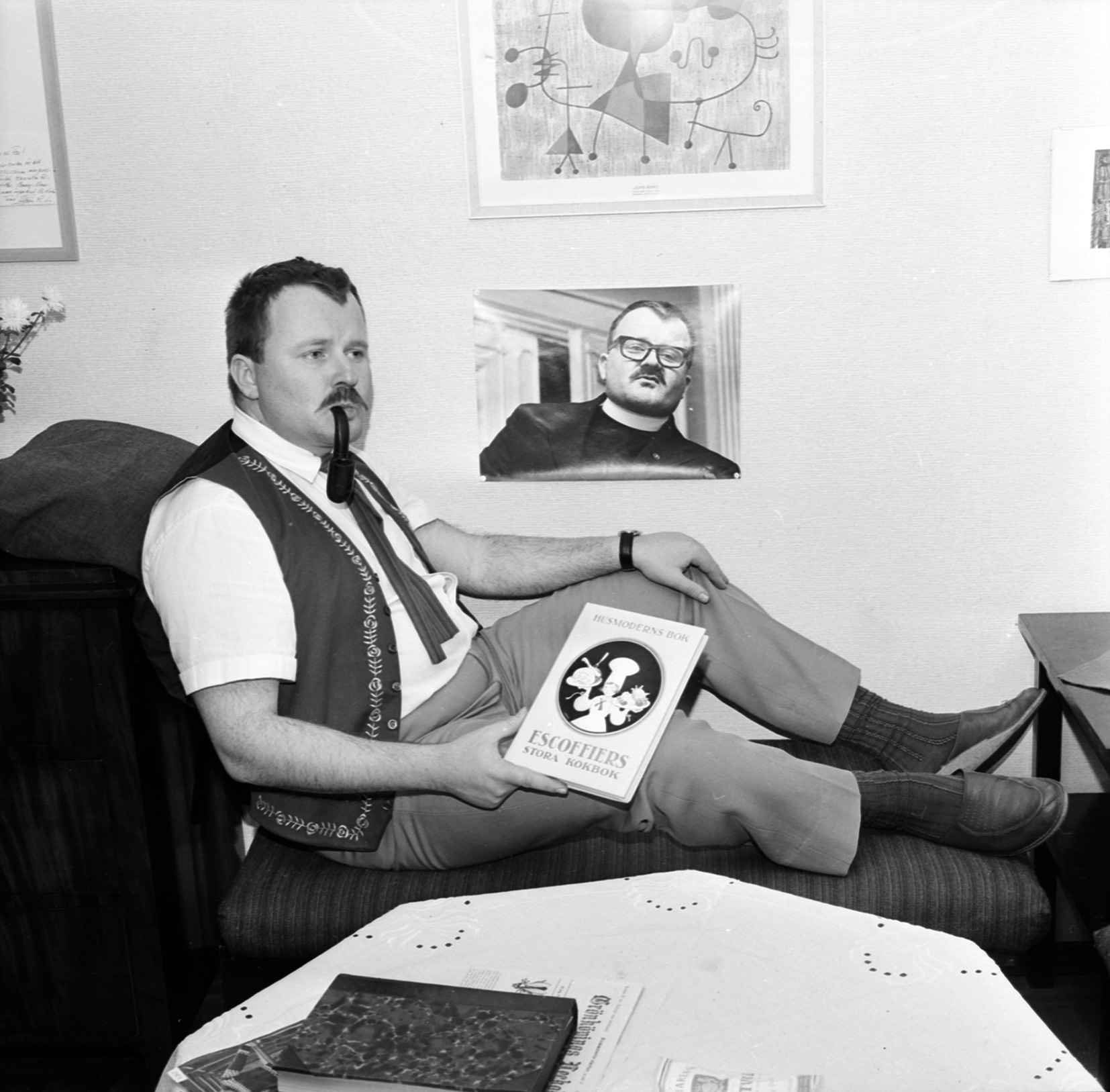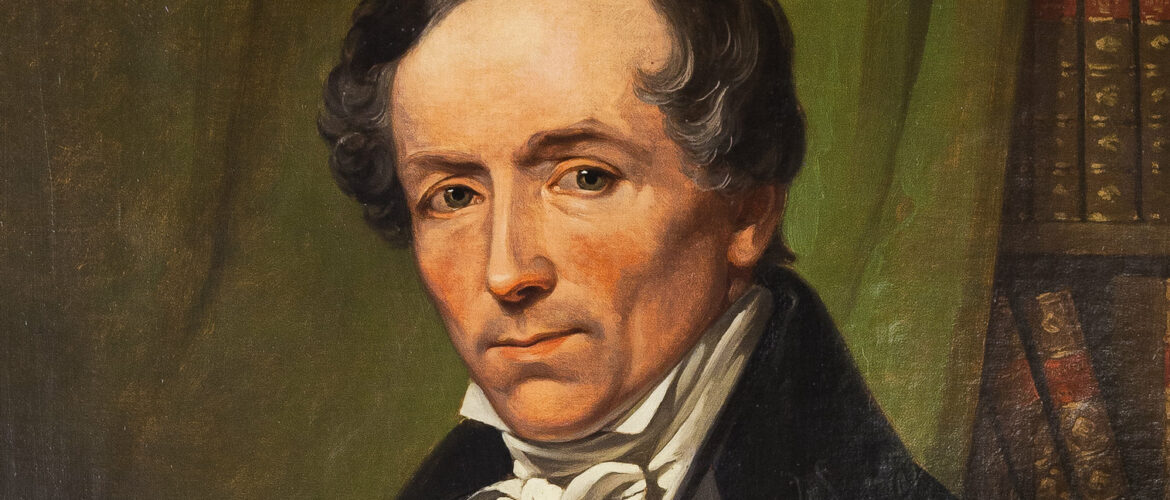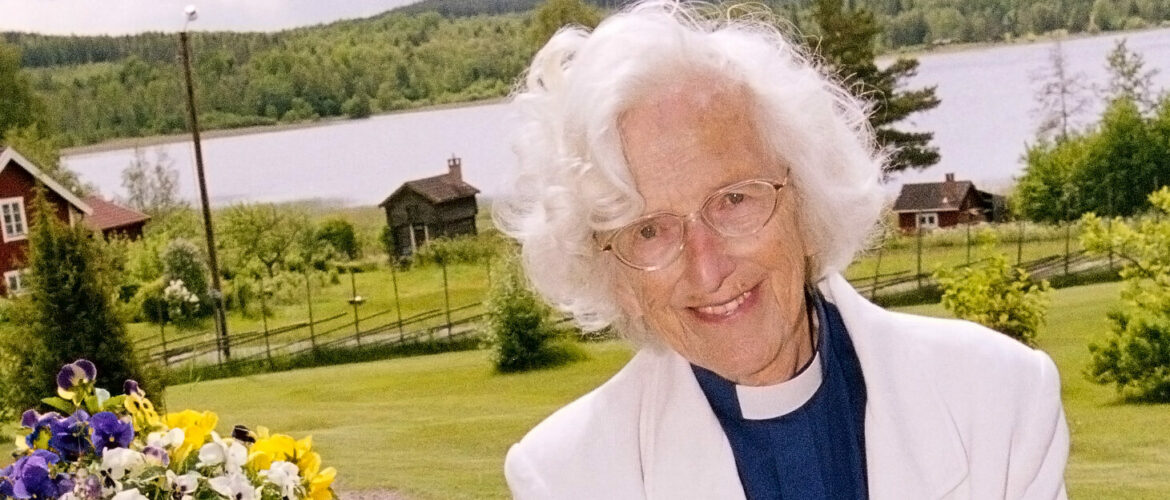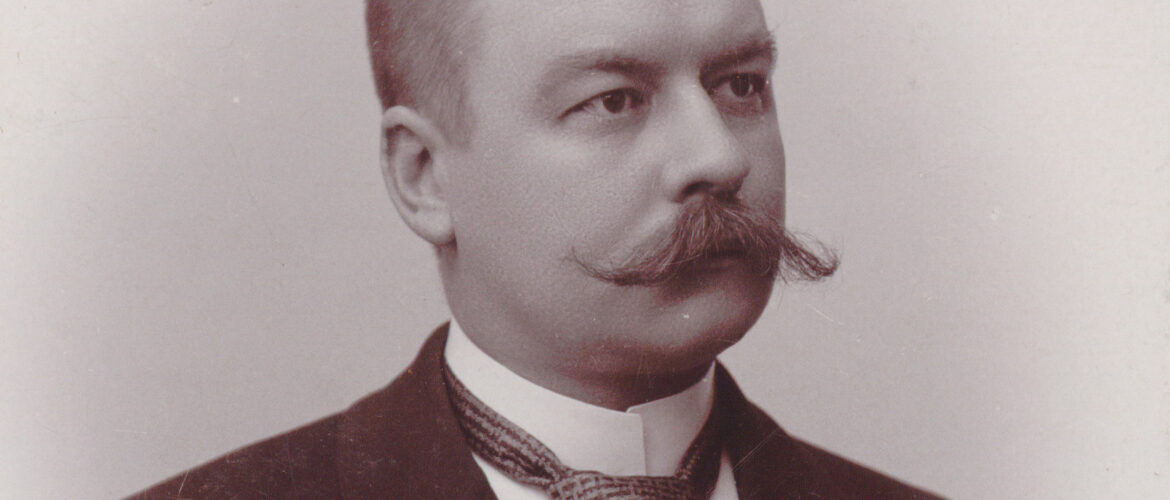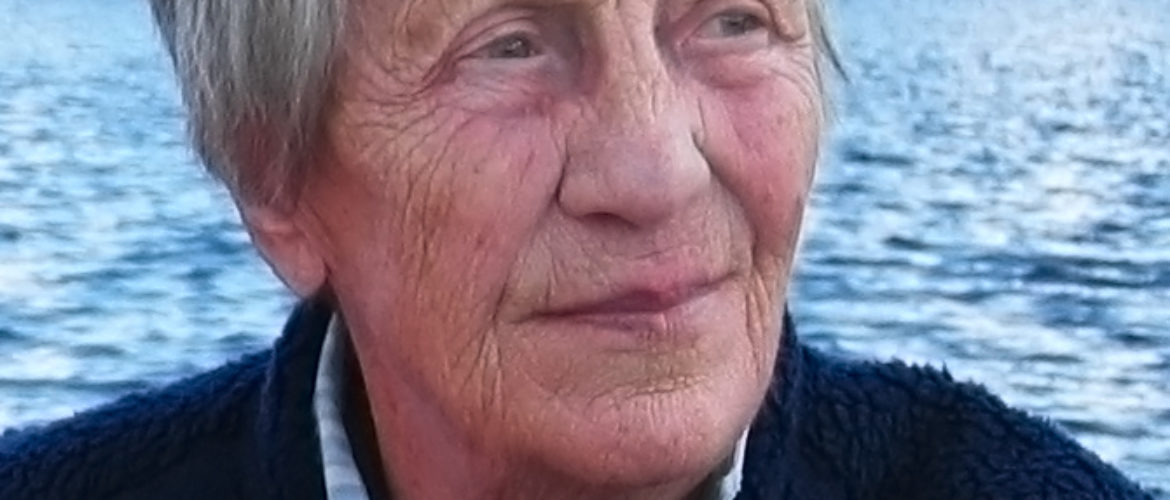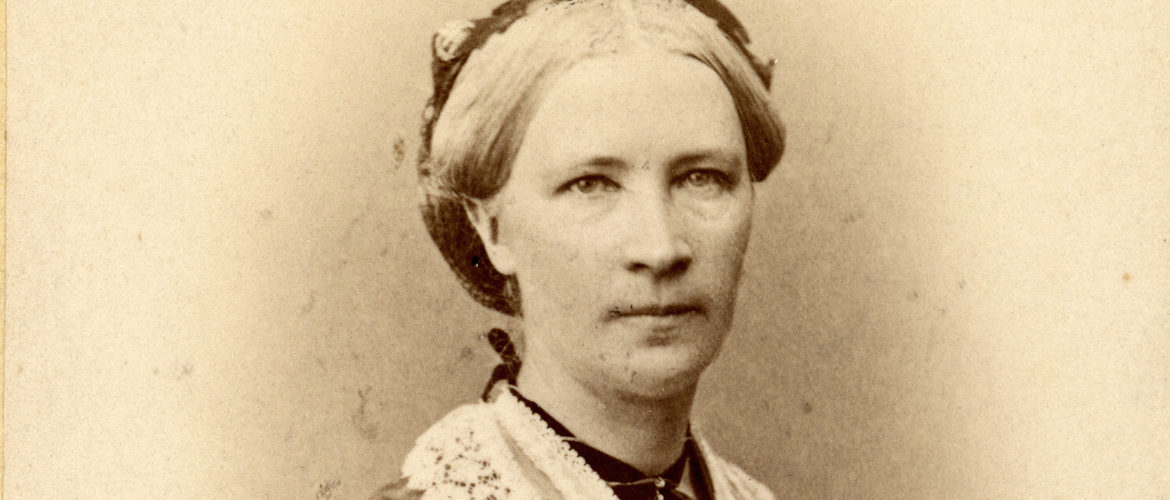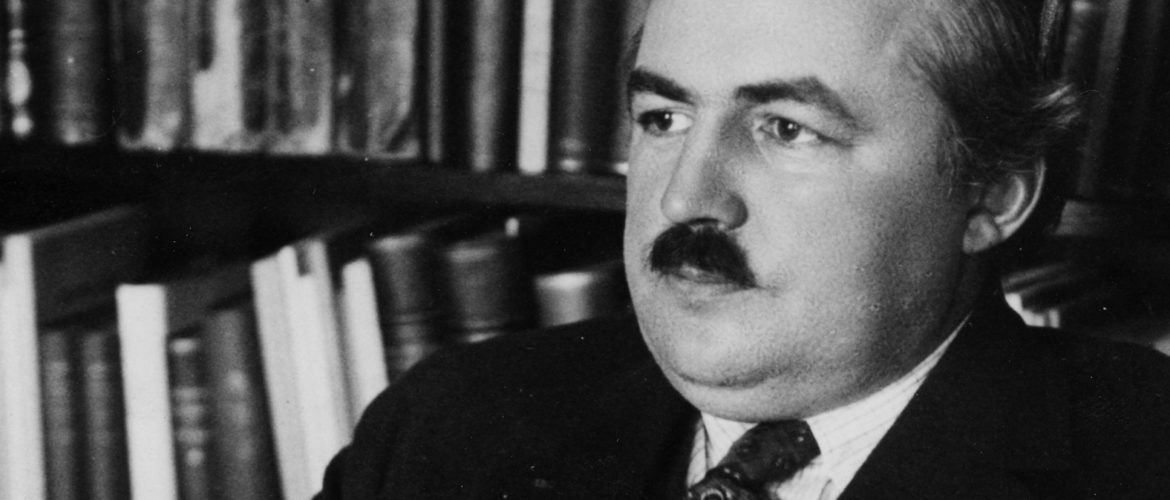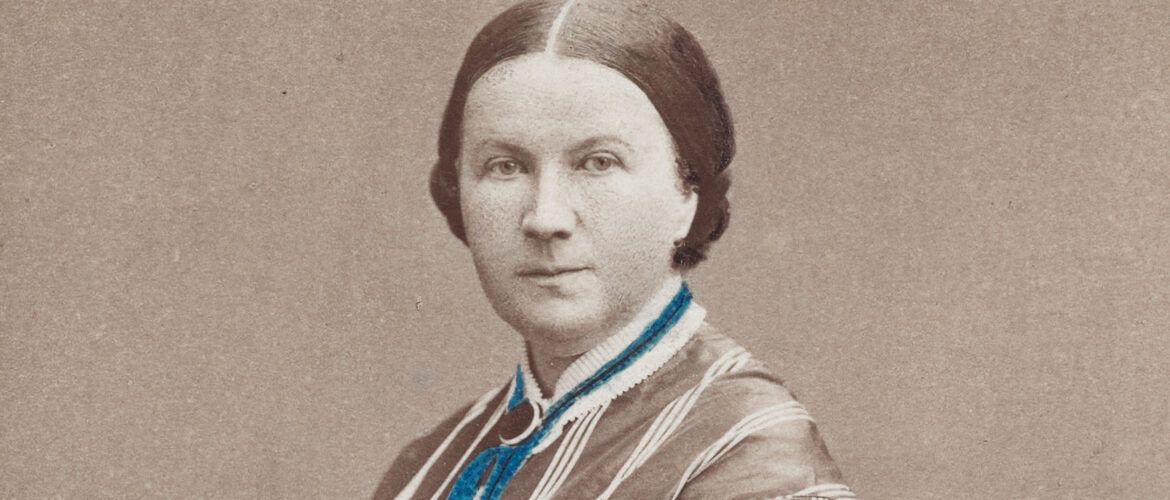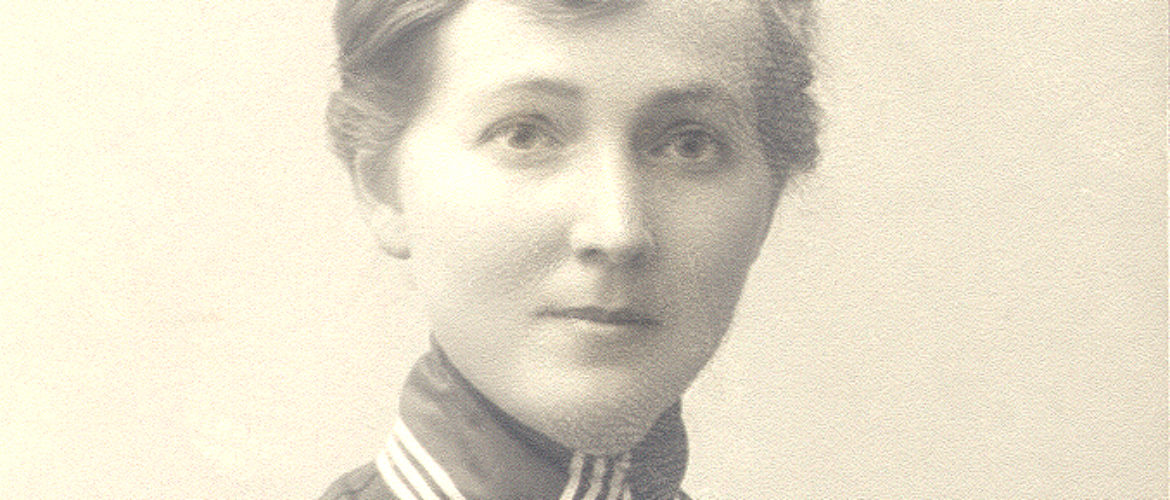1901-1979.
Author, lecturer.
Johanne Grieg Cederblad was born in Bergen, Norway.
In 1933, she settled in Uppsala and was very involved in public education. She also worked with the elderly and patients in psychiatric hospitals. Grieg Cederblad was also a children's author and lecturer.
Grieg Cederblad was also a translator of Swedish fiction into Norwegian from the time she arrived in Sweden until the late 1940s. The job was given to her by her brother Harald (founder, major owner and CEO of Gyldendal Norsk Forlag). She also wrote articles for Alle Kvinners Blad.
Johanne Grieg Cederblad and Bothild Fredriksson examine clothes collected by the Swedish Norwegian Aid. The picture is published in UNT 1940. Photo: Paul Sandberg / Upplandsmuseet.
During the war years and the German occupation of Norway, Grieg Cederblad was very active in the Norway relief effort. In 1946, she was awarded the Haakon VII Cross of Freedom for her work.
Burial site: 0110-0498A
Image description: Johanne Grieg Cederblad, 1958. Photo: From private collectionThe image is cropped]
Click here for an uncropped image

